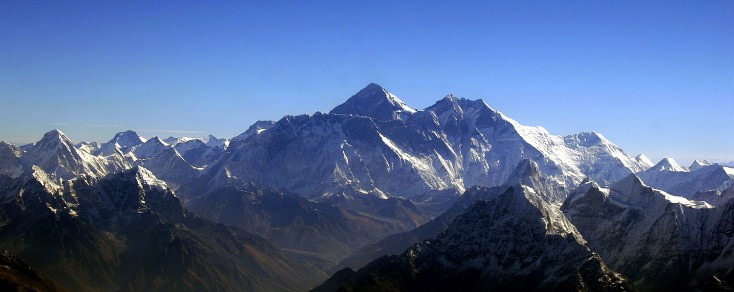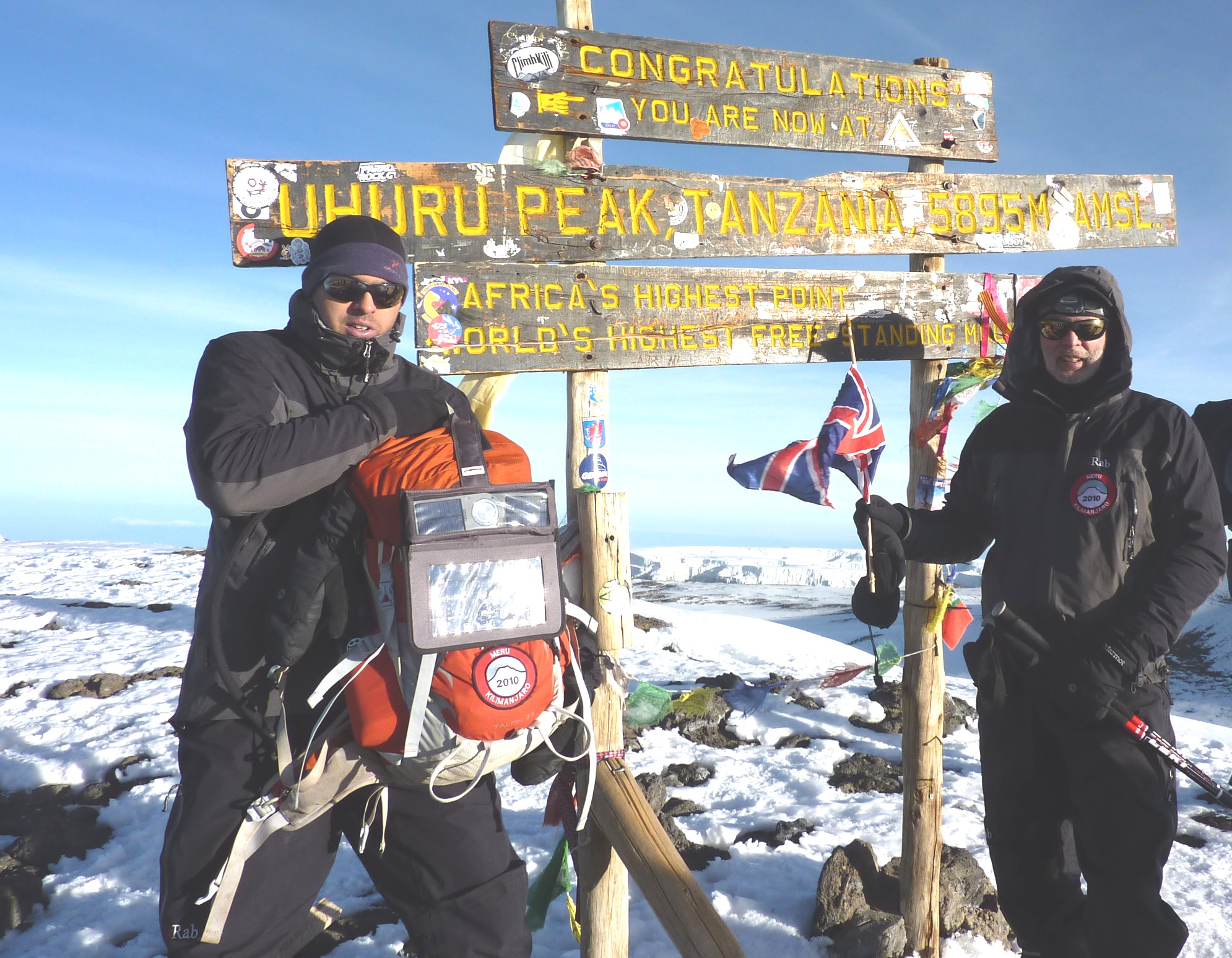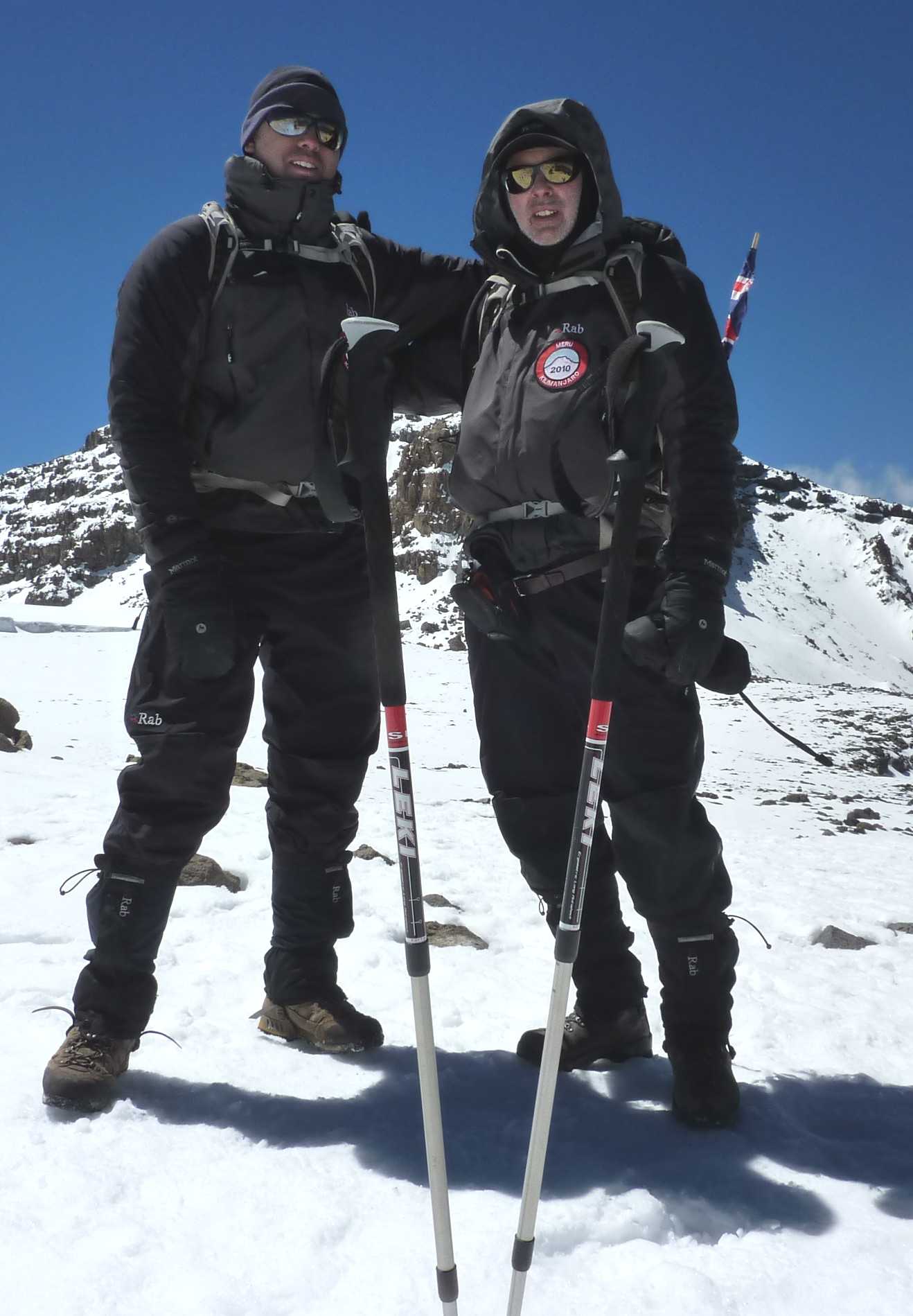
Challenge
In 2011, Barry Dalal-Clayton started planning a series of steps towards becoming the second British sexagenarian to have summited Everest, the highest mountain in the world (29,035 ft; 8850m). Only Sir Ranulph Fiennes in 2007 (then aged 67) has achieved this distinction.
In undertaking this journey, he aims to raise a significant sum to support the work of the Gurkha Welfare Trust .
Why set sights on Everest?
One could simply echo Everest legend George Mallory and say “because it’s there”. For Barry, like most other Everest climbers, it has been a dream since he was a small boy and listened to stories of Hillary and Tenzing on their epic first ascent.
Everest is, and always will be, the Mecca for climbers and the biggest challenge in mountaineering. And one that is becoming more so for Barry as he advances in his sixties. Now is the time. And he wants to start achieving something very special as we approach the London Olympics - eyeing ‘Gold’ for personal achievement - and, in the process, start raising some serious money for the GWT to help pay the UK’s debt of honour to the Gurkhas.
Inspiration
In February 2010, to celebrate his 60th year, with his son Sachin, Barry succeeded in summiting Kilimanjaro, Africa’s highest mountain (19,340ft, 5896m), ascending via the infamous Western Breach route and camping in the crater. And they raised a handsome sum for Tanzanian street children. See our website (www.kilimanjaro-2010.com). Then the question soon arose – what next? The answer came quickly – the Himalayas and the Everest range.


A series of steps
Climbing high in the great ranges, and particularly the Himalayas, is not straightforward. The extreme altitude, remoteness and uncertain weather conditions present significant challenges and risks. It is not possible or sensible to attempt a climb on Everest without great preparation and training, and being in top physical condition.
So a series of training climbs at increasing altitude is needed. – carefully assessing progress and aptitude at each stage. So, during 2011-2015, it is planned, to undertake a sequence of climbs at progressively higher altitude and increasing difficulty, starting in the Alps and then progressing to the Everest range in Nepal:
ALPS: Mont Blanc (26 June - 1 July 2011) - see report under Mont Blanc menu item
HIMALAYAS (in sequence):
Imja Tse (commonly known as Island Peak - 6189m) and Mera (6476m): April-May 2013
Baruntse (7129m) or Manaslu (8156m) : October-November 2012, or April 2014
Then, if all goes well:
Everest (8850m): April-May 2015
For details of these climbs, see menu bar above
Between these expeditions will be regular climbing in Snowdonia, the Lake District or Scotland, and a continuous programme of fitness training at the Nuffield Gym in Wexham.
If you would like to support my chosen chariity - the Ghurka Welfare Trust, go to: www.justgiving.com/Barry-Dalal-Clayton
Barry Dalal-Clayton .jpg?timestamp=1299176034218)
)
· Imja Tse (commonly known as Island Peak - 6189m) and Mera (6476m)
(April-May 2012)
· Baruntse (7129m) or Manaslu (8156m) (October-November 2012 or April 2013) - ideally both.
Then – if all goes well:
· Everest (8850m) (April-May 2014)
Between these expeditions will be regular climbing in Snowdonia, The Lake District or Scotland, and a continuous programme of fitness training at the Nuffield Gym in Wexham.
: